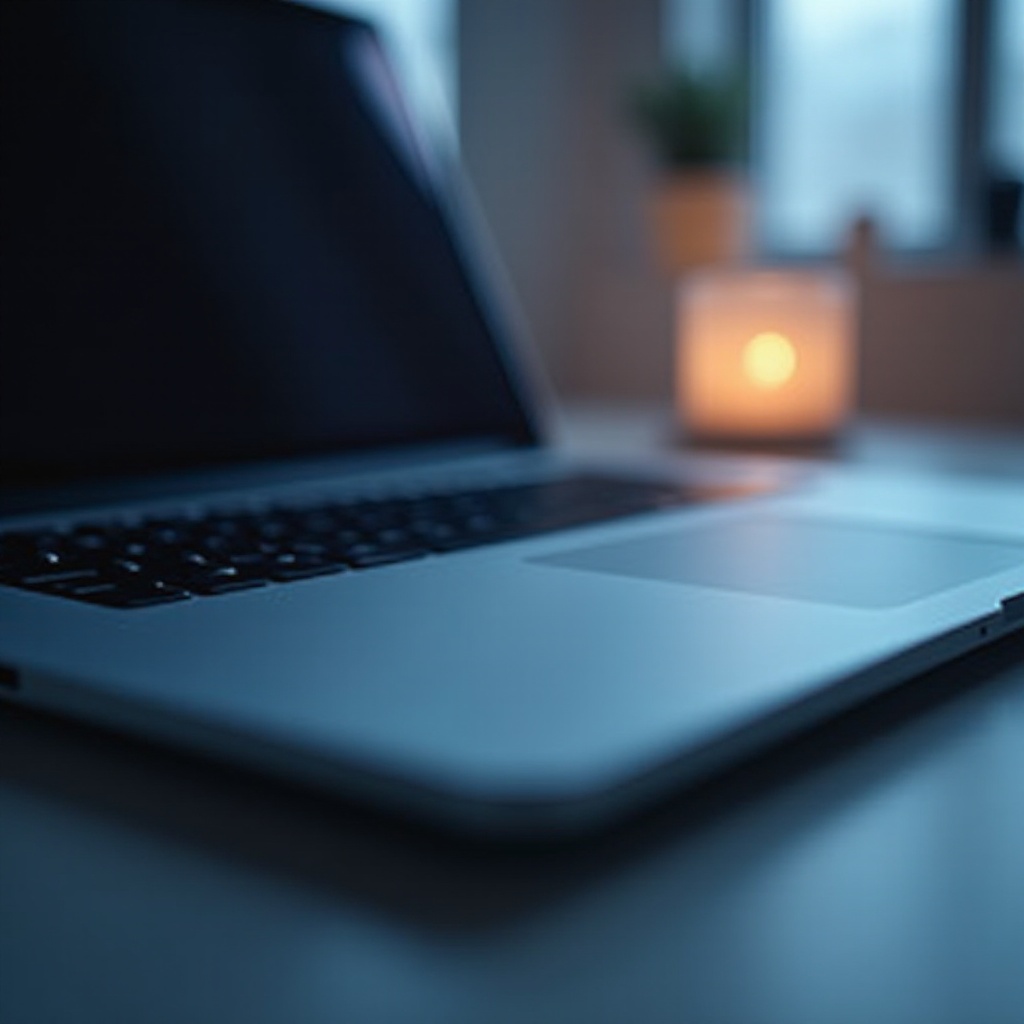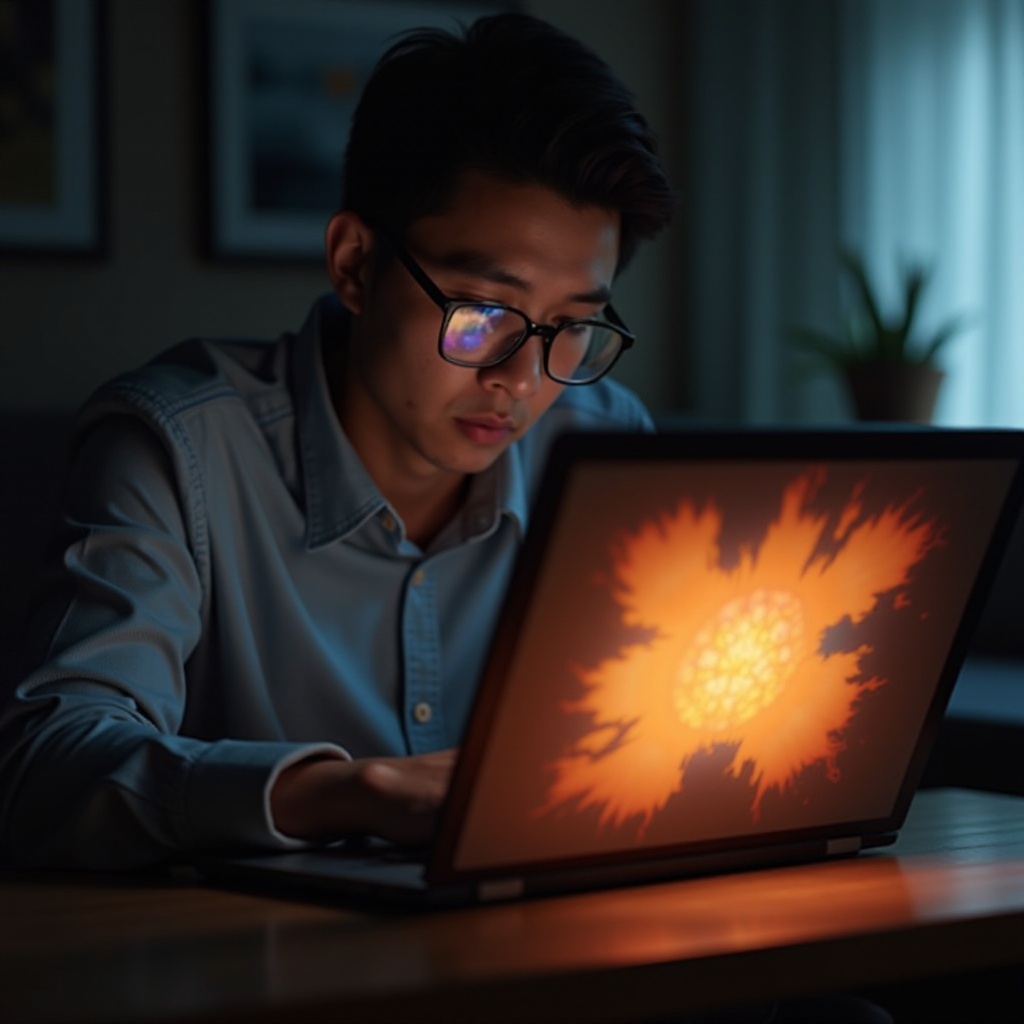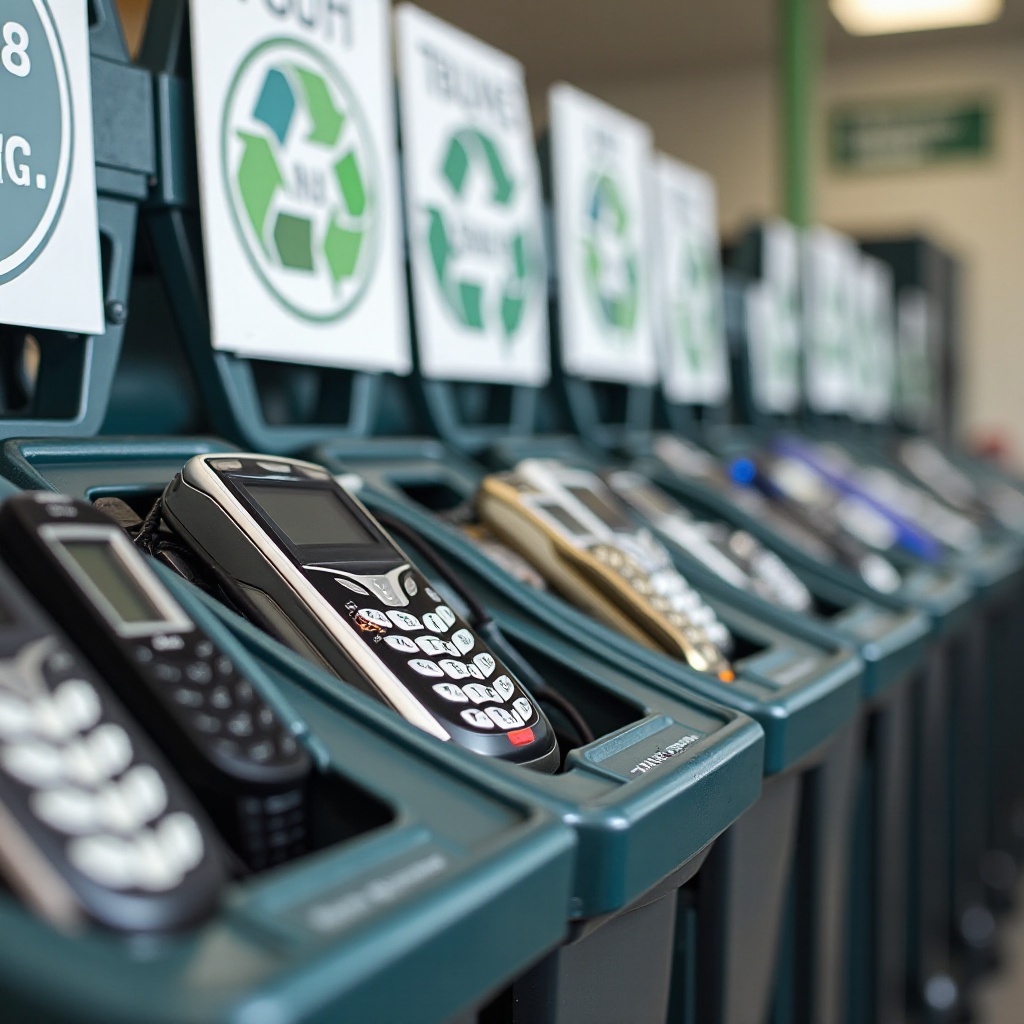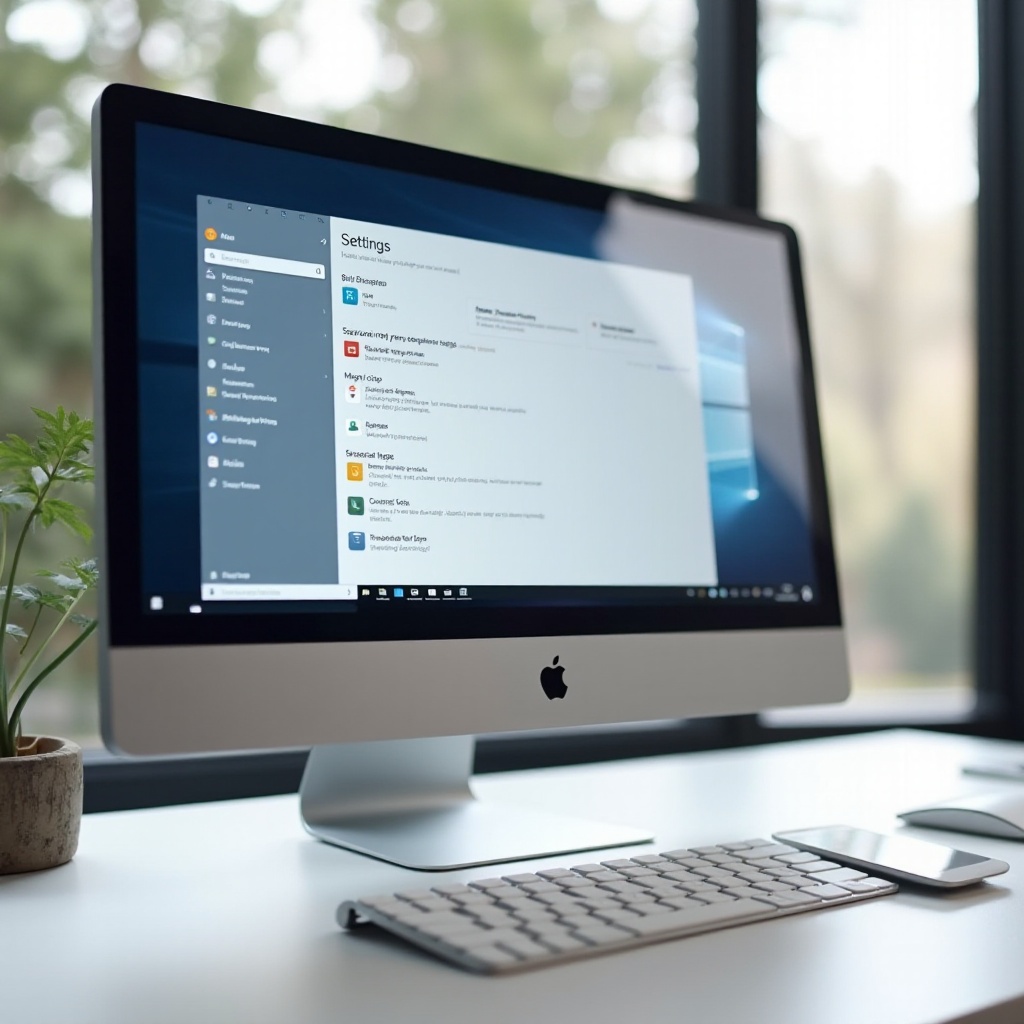Introduction
Laptop screens are integral to our daily digital interactions, from work to leisure, underscoring the necessity of maintaining their functionality. One critical yet oft-overlooked threat to screen performance is heat damage. Excess heat can severely impair your laptop’s visual quality and operational effectiveness. Understanding heat damage not only supports the screen’s health but boosts your device’s overall performance. This article provides insight into the causes, recognition, and resolution of screen heat damage.

Understanding Laptop Screen Heat Damage
Laptop screens, though designed to be durable, are susceptible to the detrimental effects of heat. Grasping the underlying issues enables users to mitigate the risks effectively.
Common Causes of Heat Damage
Heat damage typically results from multiple factors:
- Prolonged Use: Continuous operation raises internal temperatures.
- Poor Ventilation: Obstructed air vents restrict cooling.
- Environmental Conditions: Sunlight and high ambient temperatures compound temperature issues.
Effects on Screen Performance
The ramifications of heat damage manifest in several ways:
- Color Distortion: Incorrect coloration becomes evident on the display.
- Screen Flickering: Expect inconsistent screen imagery.
- Touchscreen Responsiveness: Overheating undermines touch precision.
Long-Term Consequences
Unchecked heat damage can lead to serious repercussions, such as:
- Permanent Screen Damage: Perpetual quality degradation can occur.
- Component Failure: Essential components risk malfunction.
- Reduced Device Lifespan: Overall device durability diminishes.

Identifying Signs of Heat Damage
Recognizing early heat damage symptoms can spare you from expensive fixes.
Visual Indicators to Watch For
Be vigilant for these screen disturbances:
- Unusual Discoloration: Look for odd color patches or lines.
- Dead Pixels: Watch for inactive pixel clusters.
- Glare from Screen: Notice any odd sheen when active.
Diagnostic Tools and Techniques
Evaluate potential damage using these methods:
- Hardware Monitoring Software: Tools like HWMonitor can detect temperature anomalies.
- Visual Check: Routine checks for visual oddities are key.
- Professional Diagnostic Services: Experts provide a thorough analysis.
Effective Prevention Strategies
Proactively guarding against heat damage preserves your screen’s integrity.
Optimizing Laptop Use and Environment
Adopt these practices to minimize heat exposure:
- Avoid placing excessive loads on your processor.
- Use devices in cool, shaded environments.
- Elevate laptops to improve air circulation.
Enhancing Laptop Cooling Systems
Consider these amendments to regulate temperature:
- Cooling Pads: Exterior pads lower temperatures physically.
- Internal Fans: Regular cleaning or replacement is crucial.
- Thermal Paste: Replace degraded paste to enhance cooling efficiency.
Connecting our strategies, using cooling systems in tandem with optimized environments can significantly improve temperature management.
Leveraging Software for Temperature Management
Use software to oversee and control thermal levels:
- Fan Control Software: Programs like SpeedFan allow adjustments.
- Temperature Alerts: Implement warnings for temperature spikes.
- Power Settings: Calibrate energy settings to balance heat and performance.
Repair and Replacement Options
When damage surpasses prevention, repairs or replacements restore functionality.
Evaluating Damage Extent
Ascertain the severity of the damage:
- Minor Issues: Often temporary and may be fixable.
- Significant Damage: Could necessitate component replacement.
DIY Fixes vs. Professional Services
Assess your expertise level before proceeding:
- Minor repairs might only need simple software adjustments.
- Complex issues often require professional intervention for resolution.
Warranty and Insurance Considerations
Investigate your coverage options:
- Warranty: Generally excludes heat damage unless specified.
- Insurance: Some cover accidental and heat-related damage.
To connect, consider professional advice for significant damage, while minor issues could be managed in-house if confident in your skills.

Real-World Examples and Case Studies
Examining real-life scenarios can direct device management strategies against heat risks.
Lessons from Major Laptop Brands
Leading brands like Apple and Dell have innovated cooling solutions, demonstrating their dedication to combating overheating.
User Testimonials and Experiences
Users have found that preventive measures like cooling pads can greatly extend screen lifespan, avoiding complex repairs.
Conclusion
Laptop screen heat damage is a genuine threat to device performance and lifespan. By understanding and implementing preventive measures, you can safeguard your investment. Early detection fosters timely intervention, averting permanent damage and ensuring your laptop remains reliable for years to come.
Frequently Asked Questions
Can heat damage permanently affect my laptop screen?
Yes, prolonged heat exposure can permanently degrade screen quality and performance.
What immediate steps should I take if my screen overheats?
Promptly power down the laptop, let it cool, and ensure it’s used in a well-ventilated area.
Are there specific laptops more prone to heat damage than others?
Laptops with inadequate ventilation or used for intensive tasks without sufficient cooling are more susceptible.


